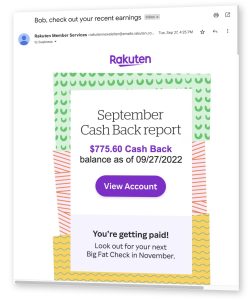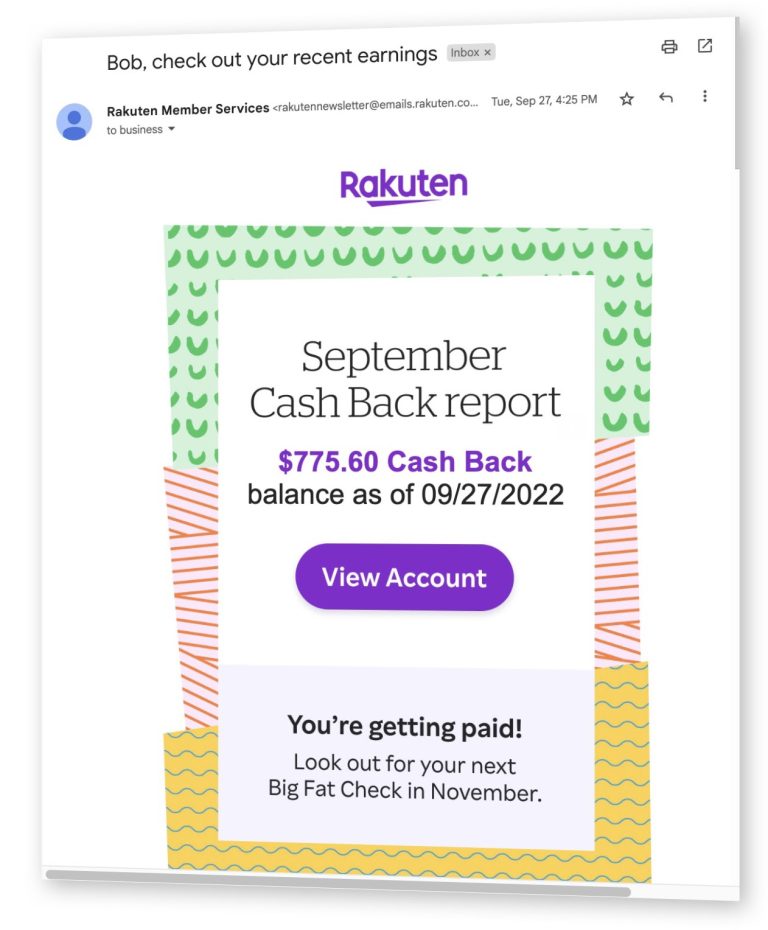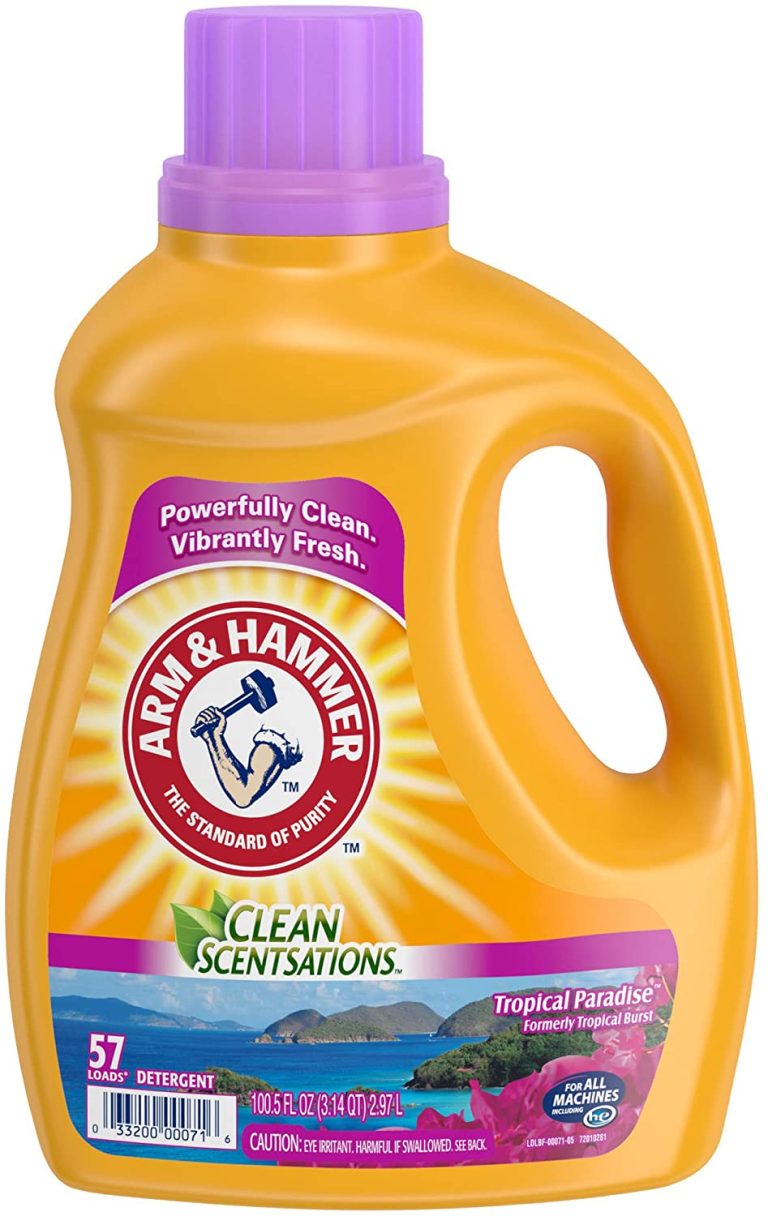 Over the last decade, motivated individuals have invented plenty of creative ways to make money on the internet. One of the most popular strategies involves the online auction site, eBay. All over the web, you can find countless examples of people who have used eBay to build fortunes and even long-term sustainable businesses. Many people even use eBay as a platform to create a full-time job that lets them quit their day jobs, once and for all.
Over the last decade, motivated individuals have invented plenty of creative ways to make money on the internet. One of the most popular strategies involves the online auction site, eBay. All over the web, you can find countless examples of people who have used eBay to build fortunes and even long-term sustainable businesses. Many people even use eBay as a platform to create a full-time job that lets them quit their day jobs, once and for all.
I recently had the opportunity to interview one such woman. Julia is a wife and mom who created a five figure eBay business working in her spare time. She provided incredible insight that could prove valuable to anyone who hopes to go down the same path, and she is ready to share how she got started.
How Julia Got Started on eBay
Julia’s eBay business idea came to life after she and her husband spent some time struggling to get out of debt. After hearing of their situation, Julia’s father-in-law proposed a business idea that neither Julia nor her husband had ever considered – buying and reselling on eBay. A neighbor had a very large collection of Christmas houses to sell, and her father-in-law jumped at the chance to buy them at a discount. Christmas houses in hand, Julia chose to take the suggestion and run with it.
With no experience selling on eBay, Julia took it slow at first. She started by conducting a price survey on eBay to see what similar items were going for and took it from there. Since there were no books or training courses available at the time, she was pretty much “winging it.” However, it didn’t take long for Julia to figure out how much profit she could turn on her new inventory of Christmas houses. And once she got started, she was hooked.
Not only was Julia surprised at how quickly her items sold, but she was also surprised at how much profit she could pull in. Feeling confident, she decided to continue selling and expand her inventory to include much more than just Christmas houses.
Taking Her eBay Sales to the Next Level
As she continued selling the items she purchased with her father-in-law, Julia also began gathering unused items she had at home. After that, she began searching for other people who might have items to sell. Often times, this involved seeking out friends and family members before they had garage sales or simply asking people she knew.
It was at this point that she got an eBay app for her smartphone, the kind of app that would allow her to research eBay prices on the spot. Among other discoveries, Julia found that it was important to buy and sell items that she herself found interesting. And in the meantime, she needed to steer clear of items she found boring or pointless.
One of Julia’s first “big” sales experiences involved the sale of an old typewriter. After conducting a bit of quick research on her smartphone app, Julia found out that old typewriters sell very well on eBay. Based on her research, she bought the typewriter for $30, then sold it for $150.
She was in business!
The typewriter enabled her to learn something else too. Julia discovered that she could ship heavier items by FedEx SmartPost at lower rates. Although shipping continues to be a factor, she is careful when it comes to buying heavy items.
Julia soon began to realize that she could expand her search for inventory. She began shopping at thrift stores, and places like Goodwill and the Salvation Army. To this day, Julia might go into one of those stores, load up her cart with items she finds interesting, then conduct research on her smartphone app to determine if there is a potential for profit. What passes her research stays in the cart, and what doesn’t is returned to the shelf.
Over time, Julia has learned to strategically plan her shopping around those stores which she knows hold the best items and opportunities. For example, thrift stores have an advantage in Julia’s eyes because some of their merchandise is predictable. By contrast, garage sales tend to be hit or miss. Thrift stores also save her time since she can sort through all kinds of merchandise in one place.
So, what items sell best on eBay? The answer: all kinds. However, some of the best-selling items are vintage items, particularly anything from the 1950s, 60s and 70s. Meanwhile, anything that’s unusual has a good chance to sell for a high dollar figure as well.
Starting an eBay Store
Julia decided to start an eBay store when her inventory grew to include 50 different items. Since eBay charges a flat fee for having your own store, it didn’t make sense before then. However, with the flat fee, you get 150 listings, as well as a discount on every additional item posted above that number. Her cost for the store is $15.95 per month.
Her store, called Vintage Findings, is a must see.
The eBay Action Plan – What’s Involved in Selling an Item?
Consider these steps before getting into the eBay selling game:
1) Determine if an item is worth selling. If there are 1,000 listings for the same item, Julia avoids it (too much competition). 30 listings of the item might be a green light, and you can easily set your sale price based on that many listings.
2) Decide to sell either at auction or “buy now”. Julia uses a mixture of both. EBay’s computerized system may prioritize your items differently based on how you list them. Either way can be an advantage, depending upon the item. Including free shipping also helps boost the item in the rankings. This is always an advantage if the item is particularly light in weight.
3)Take high quality photos. Julia uses an iPad to snap her photos. She takes advantage of good, natural lighting when she can and takes pictures of her items against a professional-looking backdrop. According to Julia, the more pictures you have, the better.
4) Create the ad with your laptop. Often times, Julia gets inspiration from ads other people have written. She may use their basic format, then customize it based on her item. She prefers longer ad descriptions to shorter ones and tries to fill her ads with as much detail as possible.
5) Run the revenue through PayPal. Julia uses PayPal exclusively, which simplifies the process. Julia lists payment requirements in all of her eBay ads, and she never accepts cash. One of the big advantages of PayPal is that she doesn’t have to worry about checks clearing the bank.
6) Add a personal touch to your ads. According to Julia, coming off as too “professional” can actually hurt your chances at selling your items on eBay. Since people use the site to buy from regular people, you should try to portray that as much as possible.
7) Find the best shipping methods. For the most part, Julia has found that shipping strategies and costs are highly variable. For example, in her home state of Virginia and the surrounding states, Julia finds that the most economical way to ship is to use Priority Mail. For longer distances and heavier packages, she recommends FedEx Ground. Furthermore, Julia always buys her postage from eBay. That enables her to print them off her printer and take packages directly to the post office, saving time in the process.
Managing an eBay Business
As you might imagine, running an eBay business can get pretty involved from a management standpoint. To simplify everything that is involved, Julia had a friend set up an Excel spreadsheet that enables her to keep track of the items that she buys and sells. She handles this on a monthly basis, and the spreadsheet enables her to assign control numbers and photos to each item.
Items for sale, as well as anything related to that sale, are placed in an individually marked bin that she stores in her basement.
This system – especially the Excel spreadsheet – enables Julia to track the various items that she has listed for sale. It will identify when she’s listed an item, if it has sold, how much it sold for, and when it shipped.
As has been the case with nearly everything else she’s learned about selling on eBay, Julia has learned how to organize her activities through trial and error.
Some Things to Look Out For With an eBay Business
Along with the specific advice listed above, Jula also offered some general tips for anyone who is interested in starting an eBay business. For starters, Julia suggests figuring out your goals and determining whether eBay can help you meet them. Do you just plan to sell a few extra items from your home? Are you thinking in terms of a side business? Or are you hoping to become a full-time eBay seller? The answer to these questions can help to determine which course to take.
She also recommends being very careful about which items you choose to sell. You have to be certain that there is a sufficient amount of profit margin to warrant your time and effort. For example, it probably won’t be worth your time to seek out $2 items that you can only resell for $5. Over time, doing so will prove to be more of a pain than it’s worth.
Julia does not set sales goals and sells mostly on a part-time basis. Since her family doesn’t rely on her eBay income, she can pursue her business as she pleases. However, Julia does profess that there is serious money to be made for those who are willing to put in the time and effort. According to Julia, the people who earn the most tend to pick a niche and concentrate on selling only the most lucrative items.
As far as income goes, Julia says that she is currently earning in the “low five-figures”. For bookkeeping purposes and simplicity, she recommends that you save all of your receipts throughout the year. Ebay will send a 1099 to the IRS reporting your income if it’s above a certain amount, so keeping those receipts is important. You’ll have to have receipts that will confirm your expenses for tax purposes.
Julia says she never spends more than 20 hours a week selling on eBay. However, she has indicated that it would be very easy to get completely wrapped up in the business to the point where you’re putting in a lot more hours.
If you want information on how to sell on eBay, Julia recommends doing a deep dive on the eBay website itself. That’s where all the rules are posted, as well as advice on what to sell and how to sell it. At this point, she says she has not read any books nor is she following any blogs or websites that specialize in the practice.
For all of her efforts, Julia is happy to report that she is gradually working her way out of credit card debt. Her eBay business is getting the job done!
Have you had any experience selling on eBay? Can you offer any advice on how to find items to sell, how to price them, how to write a compelling ad, or any other tips to make it more profitable?
The post This Mom Created a 5-Figure eBay Business in Her Spare Time appeared first on The Dough Roller.
SOURCE: The Dough Roller – Read entire story here.




















